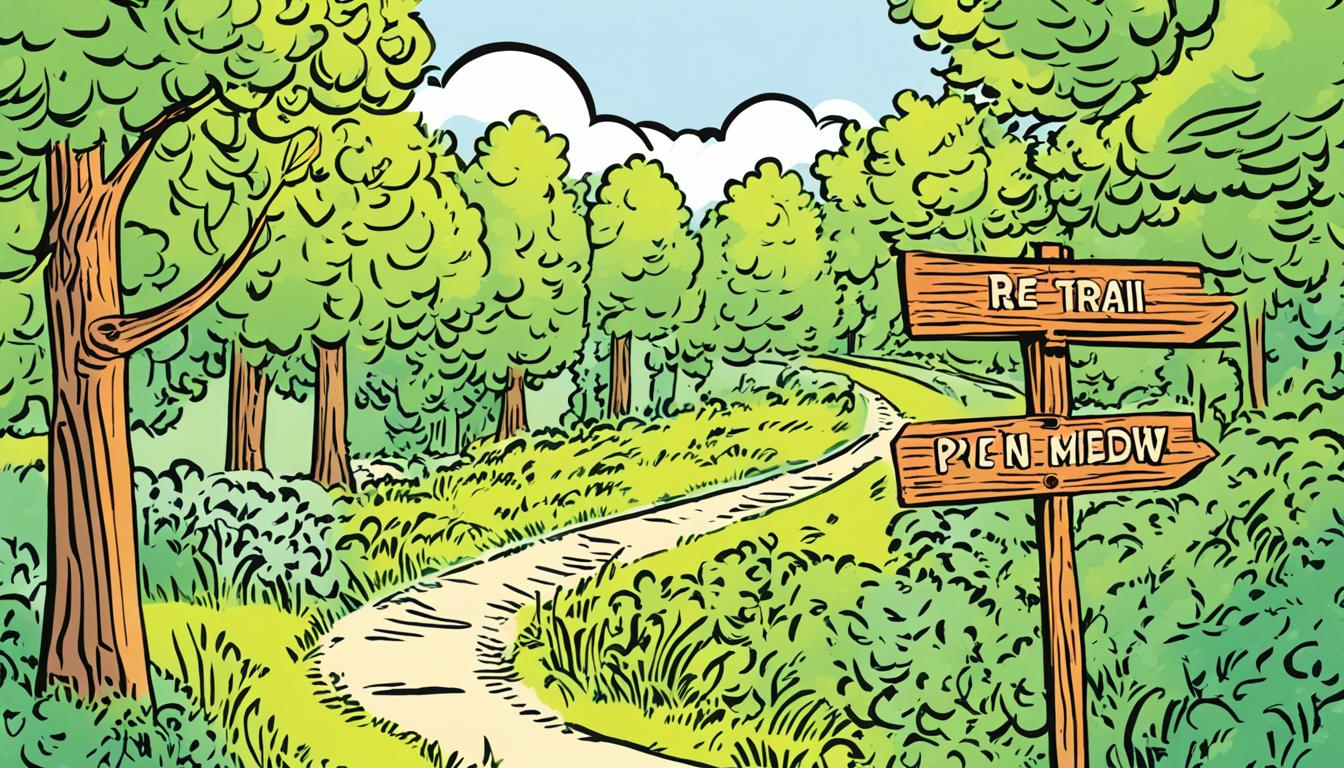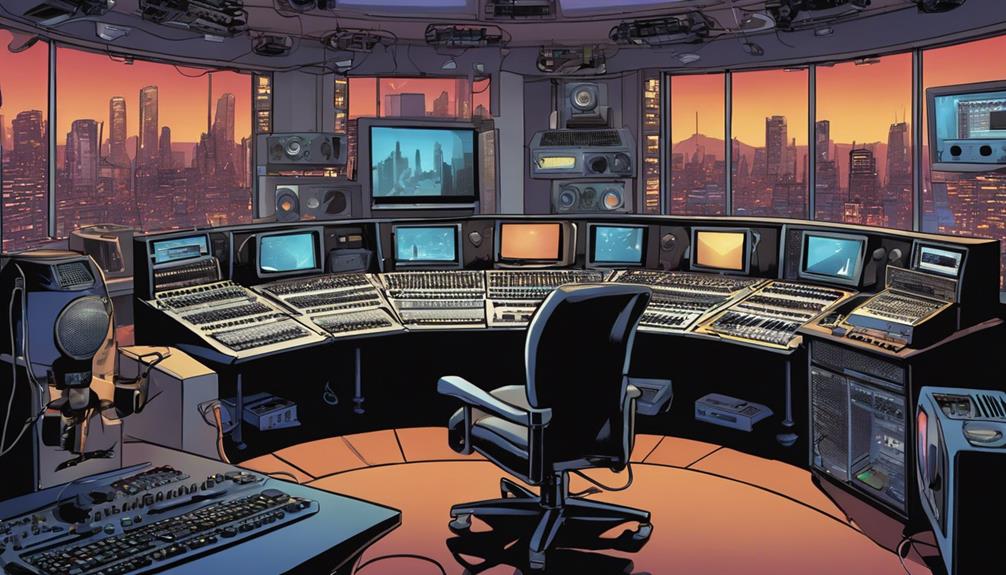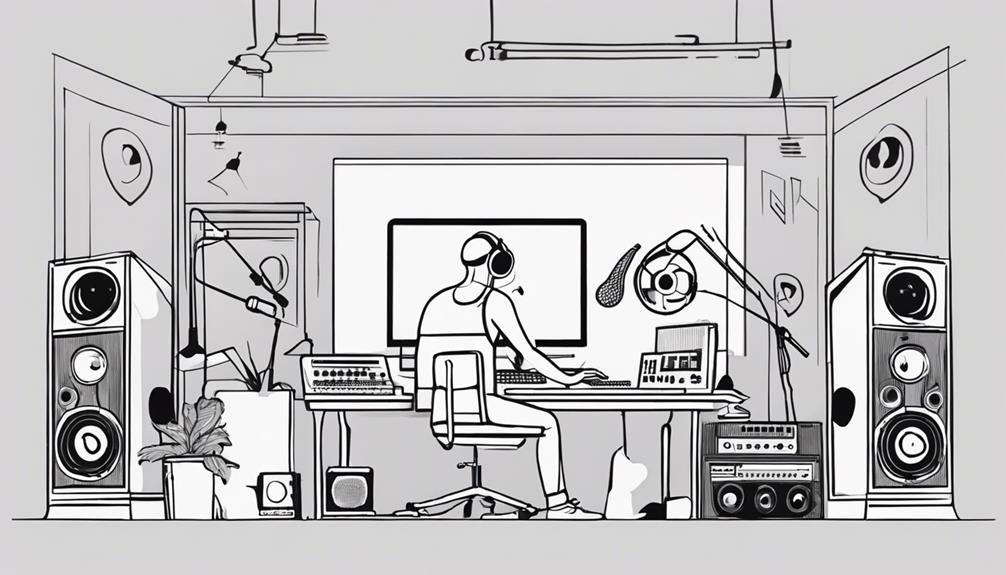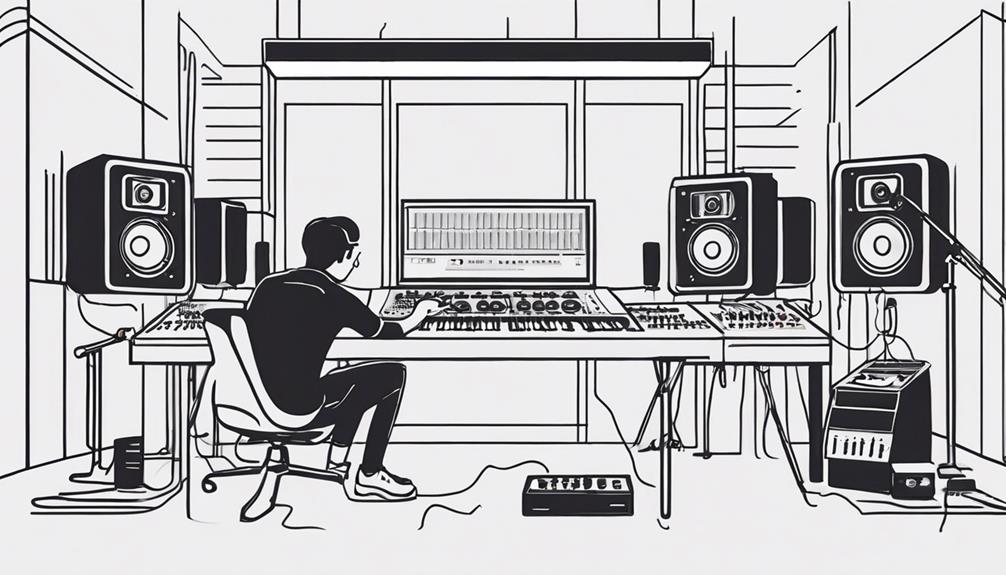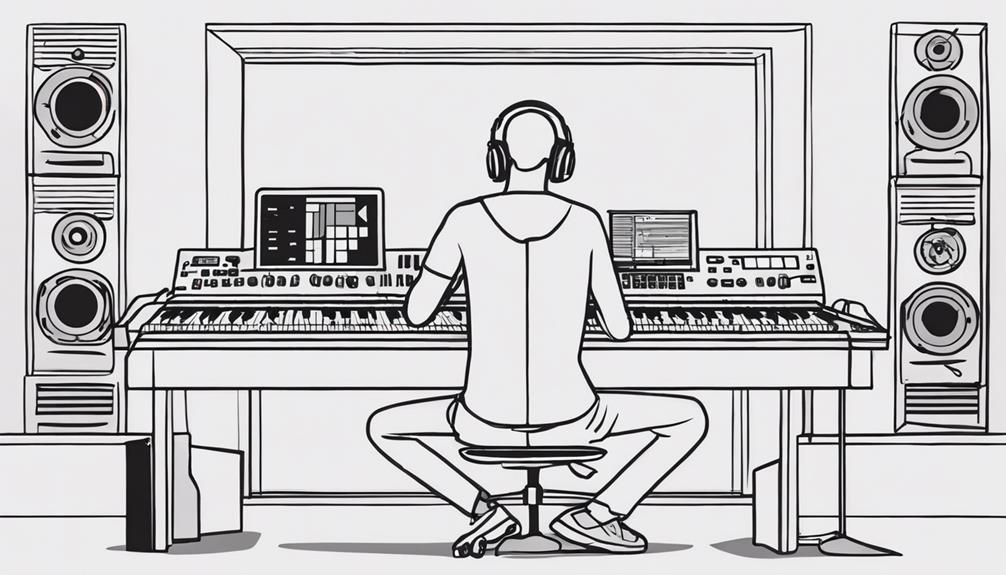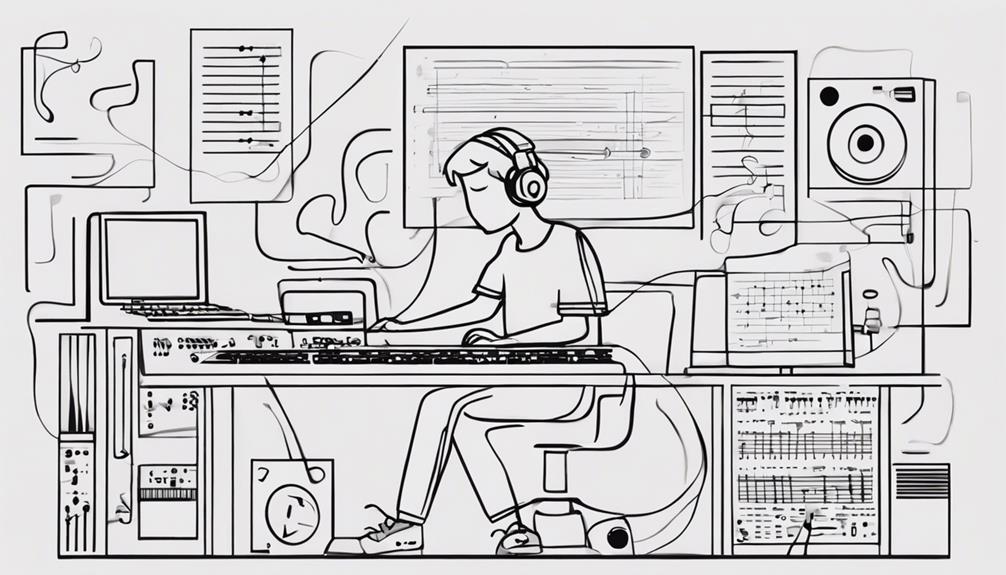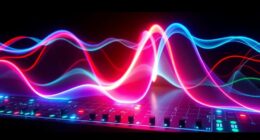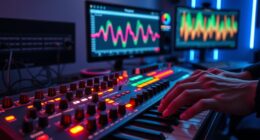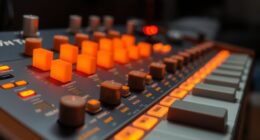If you love “The Sound of Music,” you’ll want to visit the Do-Re-Mi Picnic Meadow. It’s in Werfen, Austria, south of Salzburg. This spot is where the famous Do-Re-Mi song starts.
You can get to this beautiful place by a 40-minute train from Salzburg to Werfen Station. After that, a 10-minute walk takes you to the Sound of Music Trail’s beginning. This trail leads directly to the Do-Re-Mi Picnic Meadow.
Walking there means you’re tracing the steps of many fans. Every year, thousands visit Austria to dive into the von Trapp family’s story1. The meadow’s beauty and its film history draw people worldwide.
So, put on your walking shoes. It’s time to check out the Do-Re-Mi Picnic Meadow and the Sound of Music Trail. Dive into the magic of this famous musical. Make your own wonderful memories in the Austrian countryside.
Key Takeaways:
- The Do-Re-Mi Picnic Meadow is located in Werfen, Austria.
- To get there, take a direct train from Salzburg to Werfen Station, followed by a short walk to the Sound of Music Trail.
- More than 300,000 fans visit Austria annually to experience the legend of the von Trapp family.
Overview of the Meadow
Located south of Salzburg in Werfen, Austria, the Sound of Music Meadow is a breathtaking spot. It’s known as Gschwandtanger Wiesn, famous for its stunning nature and cultural history. The meadow was the setting for the famous picnic scene in “The Sound of Music.”
Maria sang Do-Re-Mi with the Von Trapp children here. It’s filled with lush greenery and offers amazing panoramic views. It’s perfect for picnics, walks, and quiet moments. The location has become a cherished spot for fans of The Sound of Music, drawing visitors from around the globe who wish to relive the magic of the movie. Its timeless charm and connection to the legendary Julie Andrews iconic actress bio make it a must-visit destination for film enthusiasts. Standing there, it’s easy to imagine the joy and laughter that filled the air during the filming of such an unforgettable scene.
The Sound of Music Meadow is a top place for movie fans and those wanting a peaceful getaway. Don’t miss it if you’re in the Austrian Alps.
The meadow is not just beautiful. It also has the majestic High Werfen Castle and the stunning Tennen Mountains as its backdrop. When you visit, you’ll see the gorgeous views that the movie shared with the world.
Statistics from Link 1: Location: South of Salzburg in Werfen, Austria2
| Trail Length | Altitude Difference | Walking Time |
|---|---|---|
| 1.4 kilometers each way3 | About 180 meters3 | Around 45 minutes each way3 |
Getting to Werfen
Werfen is a beautiful village in Austria. It’s the starting point for many natural and cultural visits. The village is easily reached by train from Salzburg, making the journey part of the adventure.
The train ride from Salzburg to Werfen is about 40 minutes. The trip offers breathtaking views of Austria’s landscapes. This direct train link is perfect for those looking to explore Werfen without any hassle.
Arriving at Werfen Station, a quick 10-minute walk will get you to the village center’s Tourist Office. Here, the Sound of Music Trail starts. This trail showcases the famous “Sound of Music” movie locations.
Finding your way to Werfen Station is simple. This ensures travelers can easily plan their trip. And they can enjoy their visit to this wonderful place to the fullest.
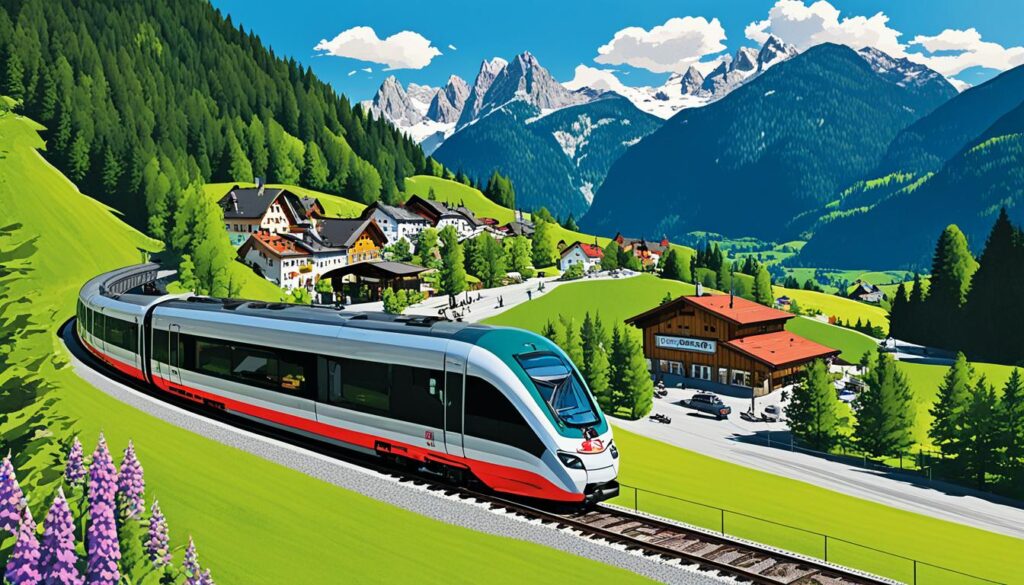
Hiking the Sound of Music Trail
In Werfen, a beautiful town known for its scenery and culture, there’s a special trail. The Sound of Music Trail begins near the Werfen Tourism Office. It’s a fun hike with a touch of movie magic.
This trail is about 1.3 kilometers long4. It takes hikers through lovely meadows and woods. You’ll see the stunning views from the famous musical as you walk. There are signs along the way, and spots that bring the movie to life4.
The hike to the Do-Re-Mi meadow is about 45-60 minutes. It’s not too hard. You’ll walk through magical forests and meadows, seeing beautiful views. Remember to bring a camera for pictures.

Take your time on this musical hike. There’s a spot with three wooden loungers for resting. It’s a great place to relax and feel nature’s peace4.
At the trail’s end, there’s a wooden lookout. It gives you a great view of Hohenwerfen Castle on a hill. The castle looks amazing with the mountains around it4.
Before your hike, visit the Werfen Tourism Office. They’re open Monday to Friday, from 9 am to 12 pm and 2 pm to 5 pm. They have maps, trail info, and tips for a great hike. They’ll even give you a special medal if you post trail photos online4.
Werfen offers a day full of adventures. Start with the Eisriesenwelt ice cave, then hike the Sound of Music Trail. Finish at Hohenwerfen Castle for a memorable day4.
Experience the magic of “The Sound of Music” on this dreamy trail in Werfen. The meadows, forests, and landmarks will remind you of Maria and the von Trapp family45. This trail is a must-see for movie fans or anyone looking for a great hike.
Tips for Visiting the Meadow
When you go to the Sound of Music Meadow, make sure to dress for a hike. Comfortable shoes are a must, and don’t forget snacks and water3. The path welcomes dogs, but take your time if kids are joining3.
Watching the movie before you visit can make the meadow more special. It helps you feel a connection to where they filmed3.
Make your trip even better by seeing other spots in Werfen too. Don’t miss the Werfen Ice Caves and Hohenwerfen Castle36. These places add to your adventure and show you more of this lovely area.
The meadow is a perfect spot to chill and enjoy the Alps3. Surrounded by beauty, it’s a peaceful place to just be and enjoy nature.

At the meadow, you’ll find places to sit and picnic, like tables and benches3. But, remember there are no restrooms there3. You can buy drinks and snacks nearby or get a picnic basket from the tourist office3. This makes your visit comfy and easy.
It’s better to walk to the meadow instead of driving3. Enjoy the hike and the beauty around you by taking the scenic route3.
Plan enough time for your hike, especially in winter, to get back before it gets dark3. Being safe and giving yourself plenty of time makes the trip enjoyable and worry-free.
Recreation in the Meadow
Just above the charming Alpine town of Werfen sits the Do-Re-Mi meadow6. It’s a place full of fun activities for everyone. Fans of “The Sound of Music” will love the movie-themed spots6. You can even act out the famous picnic scene with amazing views around you6.
The meadow has a cozy picnic area, encircled by a wooden fence6. Here, you can sit at tables and benches made of wood. While eating, enjoy the stunning views of meadows and mountains6.
However, remember there are no toilets in the meadow6. Be sure to visit restrooms in nearby places before you come6.
Visiting the Do-Re-Mi meadow is like stepping into “The Sound of Music.”6 With its beauty and themed spots, you’re in for a magical time6. Bring a picnic and your camera to capture this wonderful place6.

| Recreation Activities in the Do-Re-Mi Meadow |
|---|
| Rustic picnic area |
| Themed installations for photo opportunities |
| Opportunity to recreate scenes from “The Sound of Music” |
Additional Options for Visitors
When you visit the Sound of Music Meadow in Werfen, don’t miss the other spots nearby. High Werfen Castle is a must-see. It’s an amazing medieval fortress that looks out over the area. The castle is full of history. It has cool artifacts and shows that teach about the area’s history.
Don’t forget to see the Eisriesenwelt ice cave, the biggest ice cave on earth. It’s in the Tennengebirge mountains. Inside, you’ll find incredible ice formations and icy columns. You can join a guided tour. This way, you get to see the cave’s amazing twists and turns up close.
A trip to the Sound of Music Meadow can be way more exciting if you add these visits. First, the scenic meadow, then the historic High Werfen Castle, and finally, the stunning Eisriesenwelt ice cave. These visits offer a mix of natural beauty and history. They really show off what Werfen has to offer.

| Attraction | Description |
|---|---|
| High Werfen Castle | A medieval fortress with panoramic views and fascinating exhibits. |
| Eisriesenwelt ice cave | The largest ice cave in the world, showcasing stunning ice formations. |
Safety and Timing
Before starting your hike to the Do-Re-Mi meadow, always put safety first. Follow these key tips for a smooth and fun hike:
- Wear the right shoes with good grip and ankle support. This helps you safely walk on different grounds6.
- Check the weather before you go and bring what you need for sun or rain. Weather can change fast, so be ready6.
- Start hiking early enough to get back to Werfen before it gets dark. The mountains and trees can make it darker early, so watch the time6.
- Remember, hiking down to Werfen takes about 30-40 minutes. Make sure to plan for this6.
By following these safety tips and keeping an eye on the time, you’ll fully enjoy the Do-Re-Mi meadow. You’ll have a safe and happy hiking experience.
Conclusion
The Do-Re-Mi Picnic Meadow in Werfen is a treasure for Sound of Music lovers and adventurers9. Its beauty and chance to walk in the movie’s path make it a top spot9.
Walking the Sound of Music Trail offers a dive into movie scenes amidst beautiful Austrian scenery9. The green meadows and mountains around are stunning, just like in the film9.
Finding your way to the meadow is easy with the right directions9. You can explore on your own or join a guided tour. Either way, the meadow promises memorable moments and a fresh look at the Sound of Music9.
Put on your lederhosen or a Maria-like dress, and head to the Do-Re-Mi Picnic Meadow9. It’s an adventure that Sound of Music fans and nature lovers will both enjoy9.
FAQ
How do I get to the Do-Re-Mi Picnic Meadow?
What can I expect at the Sound of Music Meadow?
Are there any other attractions to visit in Werfen?
How long does it take to hike to the Do-Re-Mi meadow?
What should I bring when visiting the Sound of Music Meadow?
How should I plan my visit to the Sound of Music Meadow?
Is the Do-Re-Mi meadow safe to visit?
What are additional tips for visiting the meadow?
Why should I visit the Do-Re-Mi Picnic Meadow?
Source Links
- https://www.tripsavvy.com/sound-of-music-filming-locations-in-austria-4175988 – 11 “Sound of Music” Filming Locations in Austria
- https://www.bigboytravel.com/europe/austria/werfen/how-to-get-to-the-sound-of-music-meadow/ – How To Get To The Sound of Music Meadow From Salzburg – Werfen Trail Do Ri Me
- https://www.traveltyrol.com/sound-of-music-trail/ – Sound of Music Trail: Sing-a-Long Hike to the Prettiest Meadow in Austria – Travel Tyrol
- https://theperpetualsaturday.com/sound-of-music-trail-werfen/ – Hiking Guide to The Sound of Music Trail in Werfen
- https://www.gpsmycity.com/tours/sound-of-music-tour-2683.html – City Walk: Sound of Music Tour, Salzburg, Austria
- https://www.nationalgeographic.com/travel/article/werfen-austria-sound-of-music-location-nature – Welcome to Werfen, The Sound of Music location where nature steals the show
- https://fow.org/visit-the-park/maps/ – Maps & Directions – Friends of Wissahickon
- https://longwoodgardens.org/visit/frequently-asked-questions – Frequently Asked Questions
- https://freewalkingtoursalzburg.com/sound-of-music-filming-locations/ – Where the Hills are Alive: The Sound of Music Locations in Salzburg

